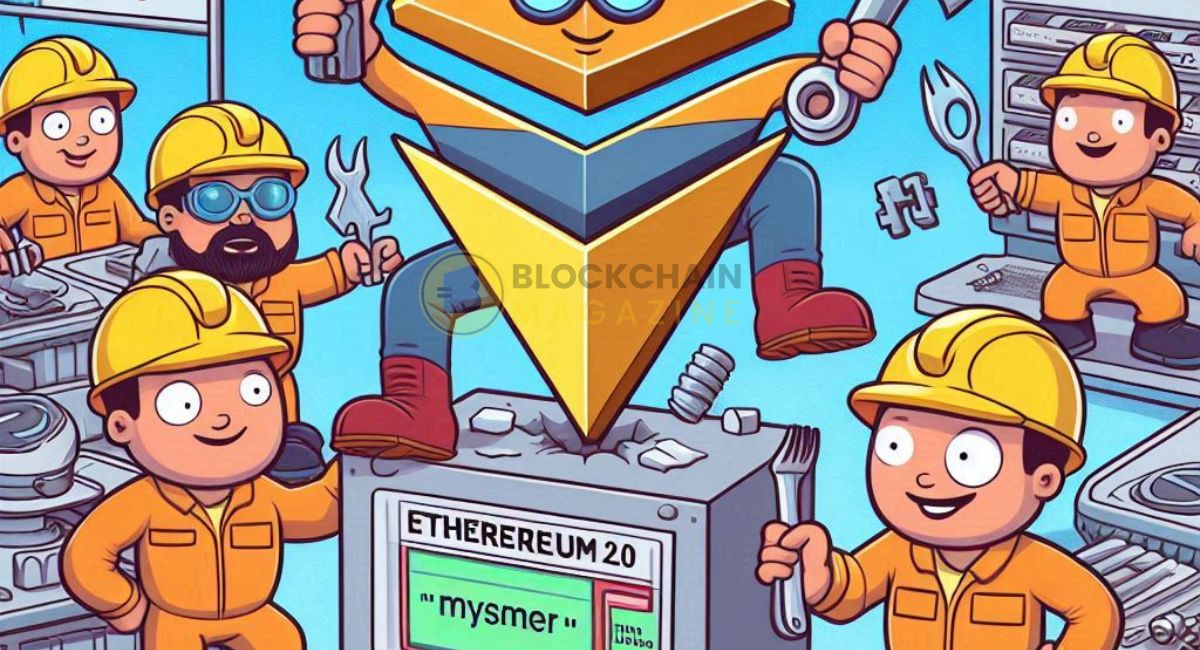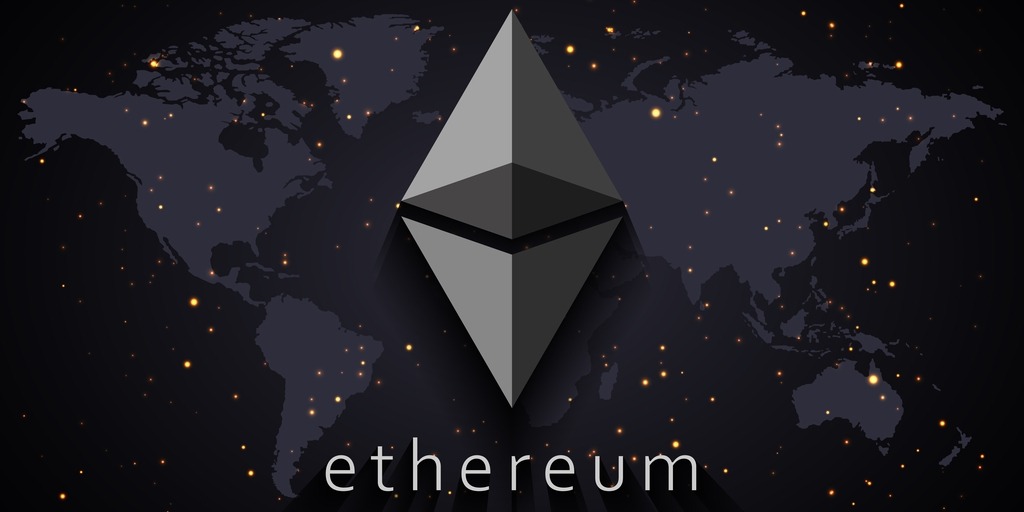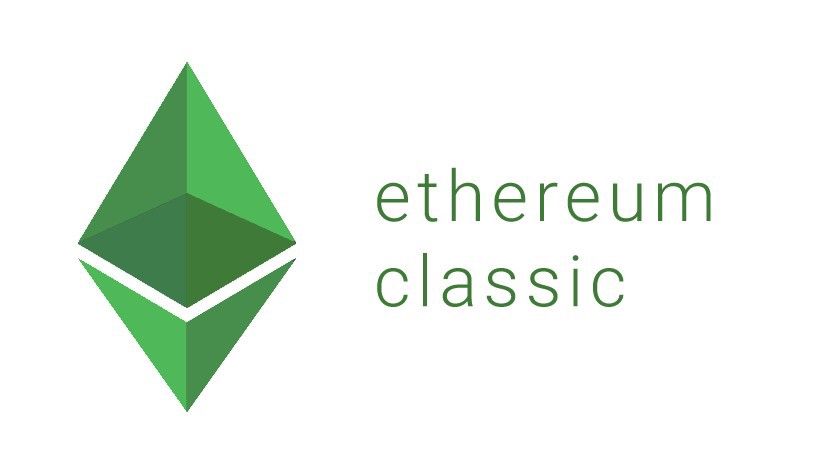Ethereum 2.0 Upgrades: Ethereum’s Amazing Transition to Proof-of-Stake and Scalability Improvements In 2025
Ethereum, one of the largest and most popular blockchain platforms in the world, has undergone significant transformation since its launch in 2015. Initially, it utilized the Proof-of-Work (PoW) consensus mechanism, similar to Bitcoin, which required enormous computational power and energy consumption to secure the network. However, Ethereum’s scalability challenges, high transaction fees, and environmental concerns with PoW led the Ethereum development team to rethink how the network could evolve.
The solution is Ethereum 2.0, a set of upgrades designed to transition Ethereum from PoW to Proof-of-Stake (PoS), improve scalability, enhance security, and reduce the environmental impact of the blockchain. Ethereum 2.0 is a major milestone that could drastically improve the performance of the network, making it more efficient, secure, and sustainable for years to come.
In this article, we will explore the key updates and developments surrounding Ethereum 2.0, its transition to Proof-of-Stake, and the various scalability improvements that are already underway. We will also discuss the implications of these upgrades for the broader blockchain ecosystem and the role Ethereum plays in the future of decentralized finance (DeFi), non-fungible tokens (NFTs), and more.
Key Highlights of Ethereum 2.0
- Transition to Proof-of-Stake (PoS): Ethereum’s switch from PoW to PoS is the most notable change. This transition will reduce energy consumption, enhance scalability, and allow for more decentralized control over the network.
- Sharding for Scalability: Sharding is one of the most significant scalability improvements that Ethereum 2.0 will introduce. It divides the blockchain into smaller pieces (shards), allowing the network to process many transactions simultaneously.
- Ethereum 2.0 Staking Rewards: With the introduction of PoS, users can now earn rewards by staking their Ether (ETH) to secure the network, a feature that incentivizes users to participate in Ethereum’s security and governance.
- The Beacon Chain: The Beacon Chain, which was launched in December 2020, is the foundation of Ethereum’s PoS network. It is responsible for coordinating the validators and managing the PoS mechanism.
- Scalability and Transaction Speed Improvements: With Ethereum 2.0, transaction throughput will increase significantly, addressing Ethereum’s current congestion issues and high gas fees.
- Environmental Impact Reduction: Ethereum’s switch to PoS is expected to reduce its carbon footprint by over 99%, addressing the growing concerns around energy consumption in the blockchain space.
The Transition to Proof-of-Stake (PoS)
The transition from Proof-of-Work (PoW) to Proof-of-Stake (PoS) is perhaps the most eagerly awaited feature of Ethereum 2.0. PoW requires miners to solve complex mathematical problems to validate transactions and secure the network, a process that consumes a lot of energy and makes the network more susceptible to centralization.
In contrast, Proof-of-Stake offers a more energy-efficient alternative by allowing validators to “stake” their Ether (ETH) as collateral in return for the right to validate transactions and propose new blocks. Validators are chosen based on the amount of ETH they have staked, and they are rewarded for their efforts with additional ETH. If a validator acts maliciously, their staked ETH is slashed, providing a disincentive for bad behavior.
Ethereum’s transition to PoS began with the launch of the Beacon Chain in December 2020. The Beacon Chain is a separate PoS blockchain that runs in parallel with the Ethereum mainnet and is responsible for managing the staking process and validating transactions. The Ethereum mainnet and the Beacon Chain were fully merged on September 15, 2022, in an event known as The Merge, marking Ethereum’s official switch to PoS.
By making this switch, Ethereum significantly reduces its environmental footprint. PoS consumes a fraction of the energy that PoW requires, as it eliminates the need for energy-intensive mining operations. This reduction in energy consumption is one of the main reasons Ethereum 2.0 is seen as a more sustainable blockchain solution.
Sharding: A Game-Changer for Scalability
Ethereum has long struggled with scalability issues, particularly during periods of high demand. With Ethereum’s Proof-of-Work mechanism, the network can only process a limited number of transactions per second (TPS). During times of congestion, users face high gas fees, making it costly to interact with decentralized applications (dApps) and carry out simple transactions.
The sharding solution is one of Ethereum 2.0’s most important upgrades aimed at addressing scalability. Sharding is the process of splitting the Ethereum blockchain into smaller pieces, called shards, each of which can process its own transactions and data. By dividing the network into multiple shards, Ethereum will be able to parallelize the processing of transactions, significantly increasing throughput and reducing bottlenecks.
Each shard will have its own independent state and transaction history, allowing for increased processing capacity across the Ethereum network. The goal is for Ethereum to handle thousands of transactions per second, which will dramatically lower gas fees and improve transaction speeds, enabling the network to support a much larger volume of users and decentralized applications (dApps).
Sharding is expected to be rolled out in multiple phases, with Shard Chains being introduced in future upgrades following The Merge. The introduction of sharding will make Ethereum 2.0 not only more scalable but also more flexible, allowing for a more efficient use of resources.
Ethereum 2.0 Staking: The New Era of Passive Income
With the introduction of Proof-of-Stake, Ethereum now allows users to earn rewards through staking. Staking is the process by which users lock up their ETH in the network to help secure the blockchain and validate transactions. In return for their participation, stakers receive rewards in the form of additional ETH.
The Ethereum network requires validators to stake at least 32 ETH to participate in block validation. However, smaller investors who do not have the required amount of ETH can still participate through staking pools, where they can pool their ETH with others to meet the minimum requirement and share the rewards.
Staking rewards are an important aspect of Ethereum 2.0, providing an incentive for users to help secure the network while also earning passive income. These rewards fluctuate depending on the amount of ETH staked, network participation, and other factors. On average, the annual yield for staking Ethereum is estimated to be between 4% and 10%, though these rates can vary.
Ethereum’s shift to a PoS consensus mechanism also offers other benefits, such as increasing the security of the network and providing more decentralization by reducing the control of mining pools. Additionally, staking reduces the total supply of ETH in circulation, potentially creating upward pressure on the price over time.
Scalability Improvements and Transaction Speed
Before Ethereum 2.0, Ethereum was only capable of processing around 30 transactions per second (TPS), which caused network congestion during periods of high demand. This slow processing time led to high gas fees and poor user experience for many Ethereum users, particularly those engaging in decentralized finance (DeFi) and NFT activities.
The Ethereum 2.0 upgrade brings significant improvements to transaction throughput. With the implementation of sharding, Ethereum will be able to process thousands of TPS, thus vastly increasing its ability to handle large-scale applications and use cases.
The Ethereum 2.0 upgrade aims to drastically reduce transaction costs. By improving scalability, the upgrade will allow for lower gas fees, reducing the burden on users and making the network more accessible for smaller transactions and everyday use.
These scalability improvements are crucial for Ethereum’s continued dominance in sectors like DeFi, NFTs, and enterprise applications. As more dApps, NFTs, and DeFi protocols are built on Ethereum, the demand for scalability will only increase. Ethereum 2.0’s ability to handle this demand will solidify its position as the leading smart contract platform.
Security and Network Stability
Security is always a primary concern for blockchain networks, and Ethereum 2.0 is designed to enhance the security of the Ethereum network. The Proof-of-Stake mechanism, in addition to sharding and staking, makes the network more resistant to attacks.
PoS, with its staking model, makes it more difficult for malicious actors to carry out a 51% attack, as they would need to control a significant portion of the total ETH staked. Additionally, the threat of losing their staked ETH (which can be slashed) further discourages bad behavior. Ethereum 2.0 also provides increased decentralization by allowing more validators to participate in securing the network, as PoS reduces the power of large mining pools seen in PoW systems.
Ethereum 2.0’s transition to PoS and its scalability upgrades will make the network more secure, more stable, and better prepared to support a growing user base. The ability to scale without sacrificing decentralization is one of the key reasons why Ethereum is considered a leader in the blockchain space.
The Road Ahead for Ethereum 2.0
Although Ethereum has already transitioned to PoS, there is still much work to be done before Ethereum 2.0 reaches its full potential. Future upgrades will include:
- Sharding Implementation: Ethereum 2.0’s final scalability solution will involve the full integration of sharding, which will be rolled out in phases. This will unlock Ethereum’s full transaction processing power.
- Optimizations to the Beacon Chain: Continuous improvements will be made to the Beacon Chain to optimize its efficiency and reduce staking-related risks.
- Enhanced User Experience: Developers will continue to work on improving user interfaces for staking and interacting with the Ethereum network, making it more accessible to non-technical users.
As these upgrades roll out, Ethereum’s position as a leading blockchain platform will only grow stronger, paving the way for further innovation in decentralized applications, DeFi, NFTs, and beyond.
Also, read – The Intriguing Impact of Ethereum 2.0 on DeFi Integration In 2024
Conclusion
Ethereum 2.0 represents a fundamental shift in the way blockchain networks operate, offering significant upgrades in scalability, energy efficiency, and security. The move from Proof-of-Work to Proof-of-Stake will reduce Ethereum’s environmental impact and provide greater opportunities for users to participate in securing the network and earning rewards through staking. Additionally, the implementation of sharding will allow Ethereum to process thousands of transactions per second, alleviating congestion and reducing gas fees.
These upgrades not only improve Ethereum’s existing use cases but also open the door for new decentralized applications and services that require high scalability and low transaction costs. As Ethereum continues its transition to Ethereum 2.0, it remains a key player in the broader blockchain ecosystem, shaping the future of decentralized finance and digital innovation.
Stay informed with daily updates from Blockchain Magazine on Google News. Click here to follow us and mark as favorite: [Blockchain Magazine on Google News].
Get Blockchain Insights In Inbox
Stay ahead of the curve with expert analysis and market updates.
latest from tech
Disclaimer: Any post shared by a third-party agency are sponsored and Blockchain Magazine has no views on any such posts. The views and opinions expressed in this post are those of the clients and do not necessarily reflect the official policy or position of Blockchain Magazine. The information provided in this post is for informational purposes only and should not be considered as financial, investment, or professional advice. Blockchain Magazine does not endorse or promote any specific products, services, or companies mentioned in this posts. Readers are encouraged to conduct their own research and consult with a qualified professional before making any financial decisions. The featured image used is just a creative depiction of the title and it does not intend to hurt sentiments of any person or institution. If it hurts anyone sentiments, please do not hesitate to reach out to Blockchain Magazine.

 Bitcoin
Bitcoin  Ethereum
Ethereum  XRP
XRP  Tether
Tether  Solana
Solana  USDC
USDC  Dogecoin
Dogecoin  Cardano
Cardano  Lido Staked Ether
Lido Staked Ether  TRON
TRON  Wrapped Bitcoin
Wrapped Bitcoin  Wrapped stETH
Wrapped stETH  Chainlink
Chainlink  Avalanche
Avalanche  Sui
Sui  Stellar
Stellar  Litecoin
Litecoin  Toncoin
Toncoin  Shiba Inu
Shiba Inu  Hedera
Hedera  LEO Token
LEO Token  MANTRA
MANTRA  USDS
USDS  Hyperliquid
Hyperliquid  WETH
WETH  Polkadot
Polkadot  Bitcoin Cash
Bitcoin Cash  Bitget Token
Bitget Token  Ethena USDe
Ethena USDe  Wrapped eETH
Wrapped eETH  Uniswap
Uniswap  Monero
Monero  NEAR Protocol
NEAR Protocol  Pepe
Pepe  WhiteBIT Coin
WhiteBIT Coin  Aave
Aave  Bittensor
Bittensor  Ondo
Ondo  Aptos
Aptos  Internet Computer
Internet Computer  Dai
Dai  Official Trump
Official Trump  Ethereum Classic
Ethereum Classic  Mantle
Mantle  Tokenize Xchange
Tokenize Xchange  OKB
OKB  Gate
Gate  sUSDS
sUSDS  Coinbase Wrapped BTC
Coinbase Wrapped BTC 




